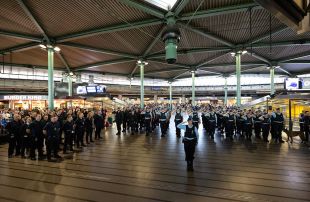From oliebollen to noodles: Happy Foodie Year!
What’s the best spot at Schiphol for hungry New Year’s travellers? Definitely the oliebollenkraam on Jan Dellaertplein next to the Schiphol Christmas tree and the Schiphol Tower! Just like many other countries, the Dutch have special dishes or foods that are typically eaten during New Year's Eve celebrations. In this blog, we take you on a tasty tour around the world featuring some of Schiphol’s direct destinations. And we take off with our Dutch speciality: oliebollen!
Typical Dutch oliebollen
Although the literal translation – oil balls – may not sound that appetising, oliebollen are hugely popular in the Netherlands during the festive season. Sometimes called Dutch doughnuts, oliebollen are basically small, round pieces of dough fried in hot oil. And then covered in icing sugar (which is the best part). At the start of December, oliebollenkramen start popping up in streets all over the Netherlands. And Schiphol is no exception; you can find a stall selling these snacks on Jan Dallaertplein just outside the terminal. On New Year’s Eve, people in the Netherlands will either buy oliebollen or prepare them from scratch at home and eat them together with friends and family.


Break the buñuelos
The Dutch are certainly not the only ones to eat deep-fried batter during New Year’s celebrations. On 31 December, Mexicans eat sweet crispy dough fritters called buñuelos. More important than the food itself is the dish it is served in – after eating this sweet treat, you are supposed to make a wish and break the ceramic dish by smashing it against a wall or on the floor! This tradition symbolises breaking with the past and welcoming something new in the year to come.
KLM and Tui operate flights from Schiphol to Cancun, and KLM and Aeromexico fly directly between Amsterdam and Mexico City.
Raisins at 12 o’clock
Using food to make a wish is something the Portuguese do on New Year’s Eve too. In Portugal, it’s customary to eat twelve raisins upon the arrival of the new year. People eat a raisin with each strike of the clock at midnight, making a wish after each one. That’s twelve wishes – one for each month of the year – for the lucky Portuguese!
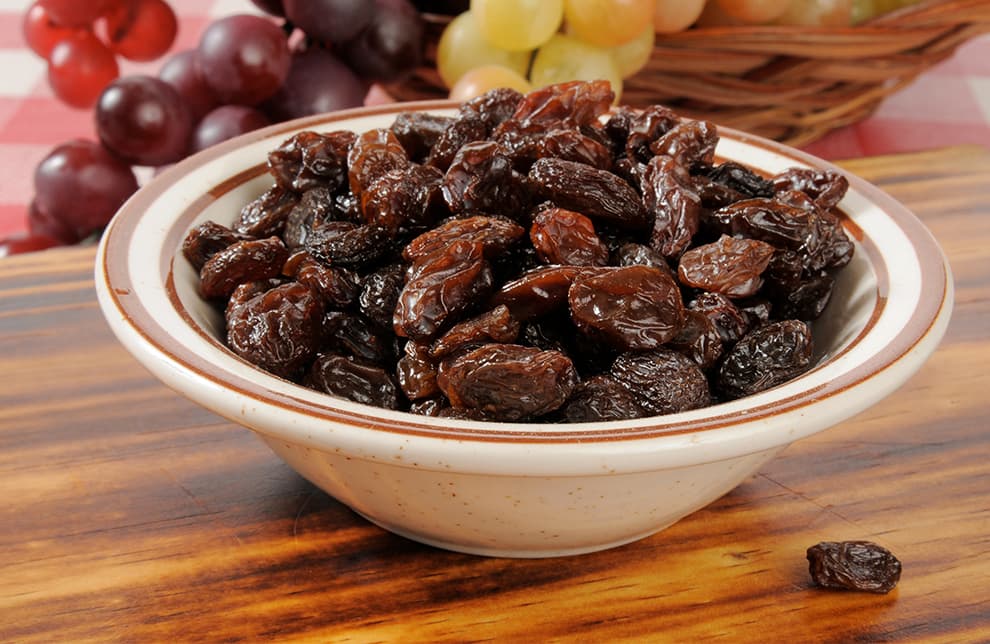
Want to fly from Schiphol to a destination in Portugal? easyJet and Transavia operate regular flights to Faro, easyJet, KLM, TAP Air Portugal, Transavia and Vueling all fly to Lisbon, and KLM and Transavia fly to Porto.
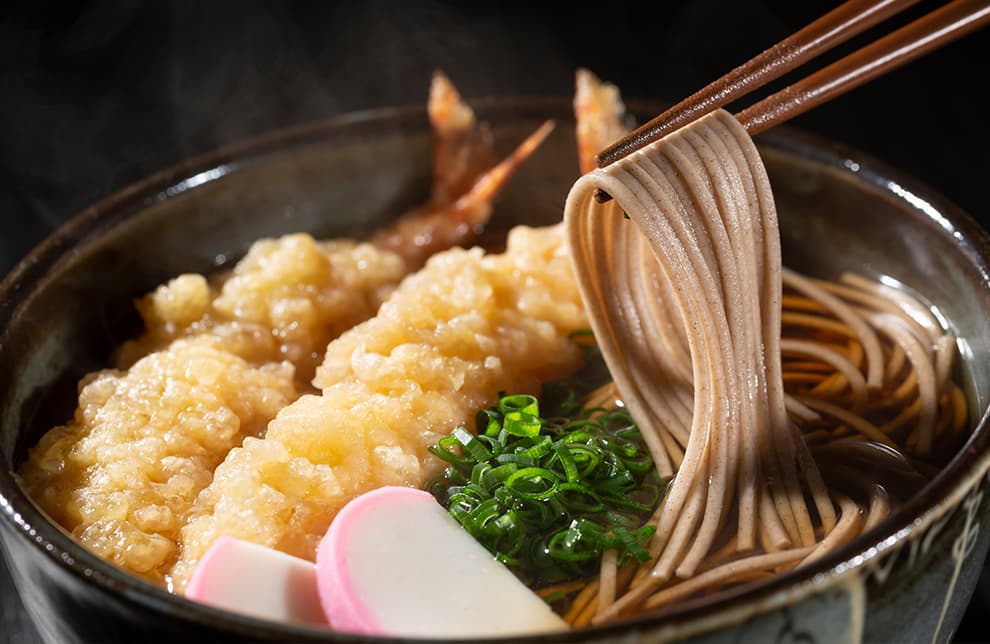
Soba noodles for good fortune
Toshikoshi soba, a dish of buckwheat noodles, is on the menu for people in Japan on New Year’s Eve. Eating this dish is an age-old tradition that is said to bring good fortune in the new year and increased longevity. A typical New Year’s Eve for many Japanese means getting together with family, visiting a shrine or temple, and eating soba noodles (just not at the stroke of midnight – that’s considered bad luck!)
KLM operates flights from Schiphol to Osaka Kansai and Tokyo Narita international airports in Japan.
Beans will do the job
In Argentina, people eat a specific kind of food for a very specific reason on New Year’s Eve. It is believed that eating beans at this time will bring good luck in finding employment, keeping one’s current job or landing a better one. While beans may not be everyone’s idea of festive food heaven, they are certainly a healthy choice!
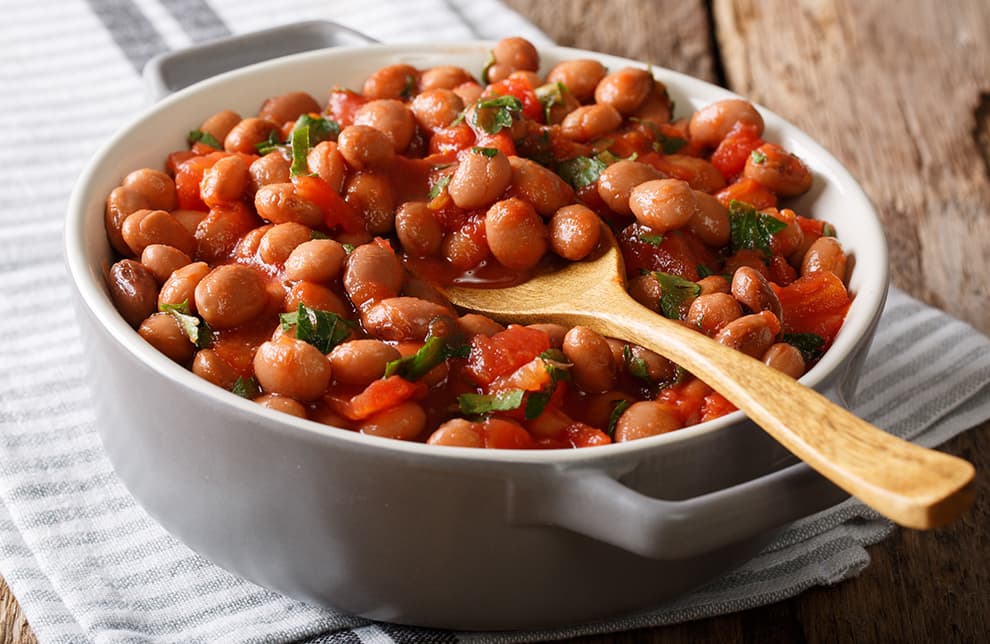
Did you know that Amsterdam to Buenos Aires is the longest non-stop route, covering 7,118 miles and taking almost 14 hours? KLM operates a daily flight from Schiphol to the capital city of Argentina.
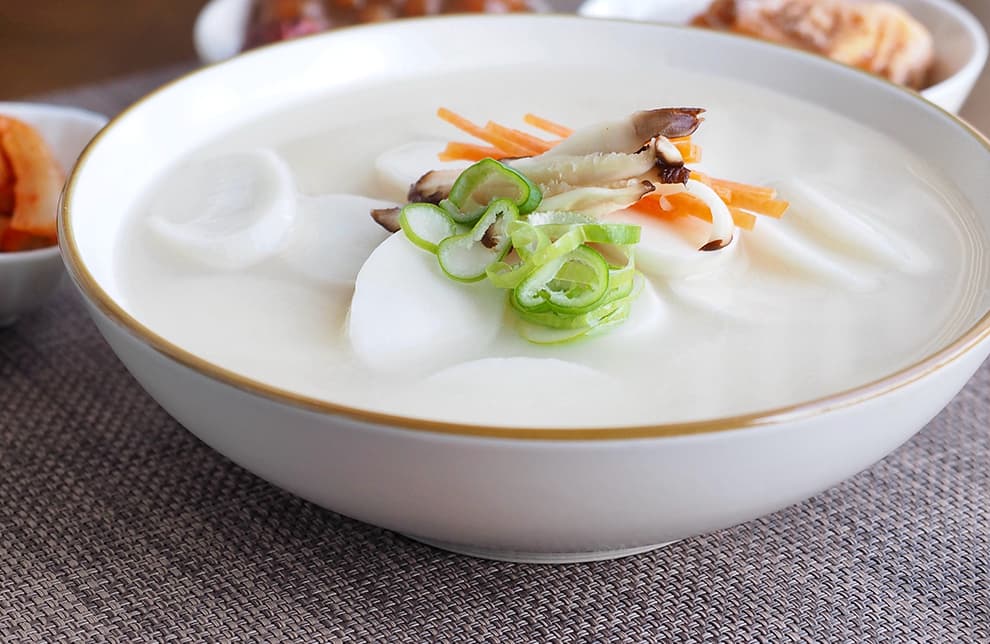
Tteoguk: the symbolic soup
On the Korean Lunar New Year, Seollal, the dinner table is not complete without a steaming hot bowl of tteoguk, a soup made from meat stock and rice cake slices. Not only is it a hearty and warming meal on cold days, it also carries important symbolism. In the past, rice was a luxury product and only consumed on special occasions like birthdays and holidays, making tteoguk a real culinary treat. Furthermore, the white colour of the rice stands for purity and new beginnings and the coin shape of the rice cakes symbolizes prosperity.
Korean Air flies from Schiphol to Seoul Incheon several times per week.
Read the previous blogs
-
Plant-based bonanza at Plaza
Published on:With more and more meat-free meals and snacks at various places at Schiphol, vegetarians are well catered for. You can enjoy a plant-based bonanza at Plaza!

-
A day in the life of... a project controller
Published on:We asked project controller Isho Toma about his position within the Finance & Control department at Schiphol and discovered that it’s a multifaceted role.

-
Ook Schiphol herdenkt met twee minuten stilte
Published on:Eens per jaar is het 2 minuten stil op Schiphol. Want ook hier herdenken we de Nederlandse slachtoffers van de Tweede Wereldoorlog en latere oorlogssituaties.
